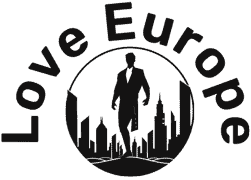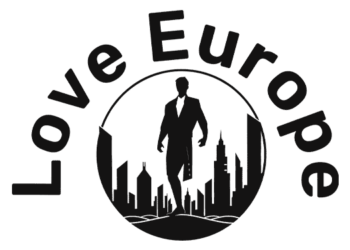Where is Zabrze
Zabrze, a city of around 150,000 inhabitants, is located in the Silesia region in the south of Poland. The capital of Silesia—Katowice—is 20 km away, and Warsaw, the capital of Poland, is 300 km away.
A brief history of Zabrze
Zabrze was first mentioned in the 13th century and was granted the mining privilege in 1548. Over the centuries, the place slowly developed under the rule of various noble families, but the real change came when the coal deposits were discovered here in 1790.
Shortly after, in 1796, the first mine – Queen Louise – was opened. That’s when Zabrze really started developing, becoming a modern city in the 19th century with numerous factories, steelworks, and hospital and railway lines established here.
After World War 1, the Silesian uprisings, and the 1921 Upper Silesia plebiscite, the area of Zabrze was eventually divided between Poland and Germany. In 1945, Zabrze entirely became part of Poland, and since then, it has been one of the most crucial cities in the region.
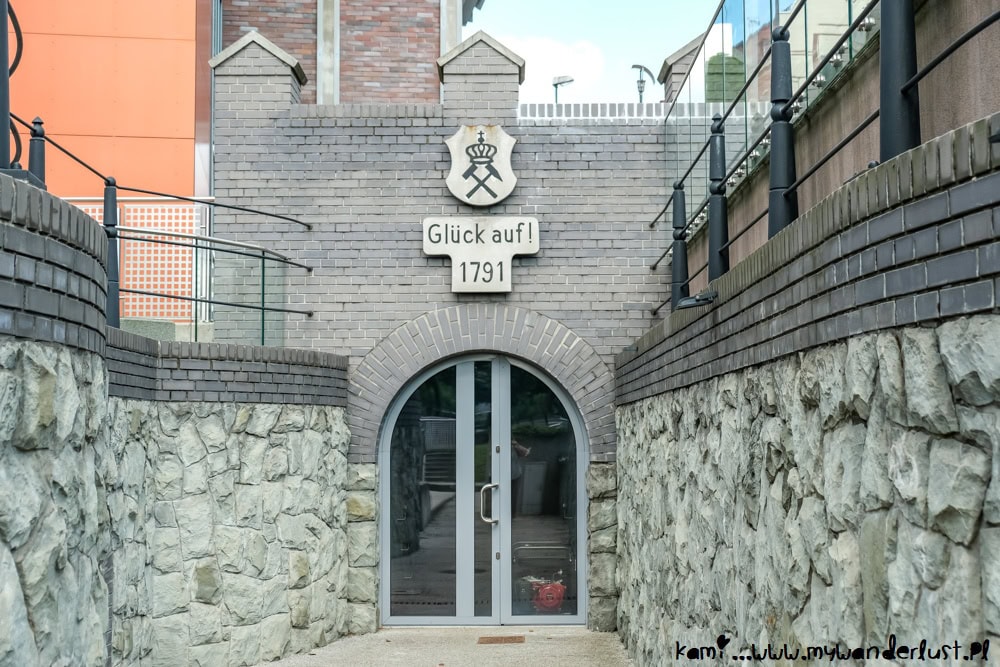
How to get to Zabrze
The easiest way to reach Zabrze is by train. There are frequent trains from Katowice and the travel time is only 15-20 minutes, depending on the connection.
How to get around Zabrze
Unfortunately, the highlights of Zabrze are located a bit away from the train station and the center of the city. There’s decent public transport that will take you near the Guido Mine and Queen Louise Adit, and then you can walk between both (although it’s not very close, around 20 minutes walking).
You can check which lines reach the attractions on Google Maps or the local public transport company website here (you will find the link further down in this article). If you have a day ticket from Katowice, it works in Zabrze, too.

What to see in Zabrze
At first sight, Zabrze might not look like a very interesting place to visit, but in fact, this is one of the highlights of the Silesia region, with its main attractions hidden underground. While the center is pleasant and has some eye-catching buildings, like the city hall or the former Hotel Admiralspalast (both are excellent examples of the art deco architecture from the early 20th century), you need to go a bit away from the center to find the best that Zabrze has to offer.
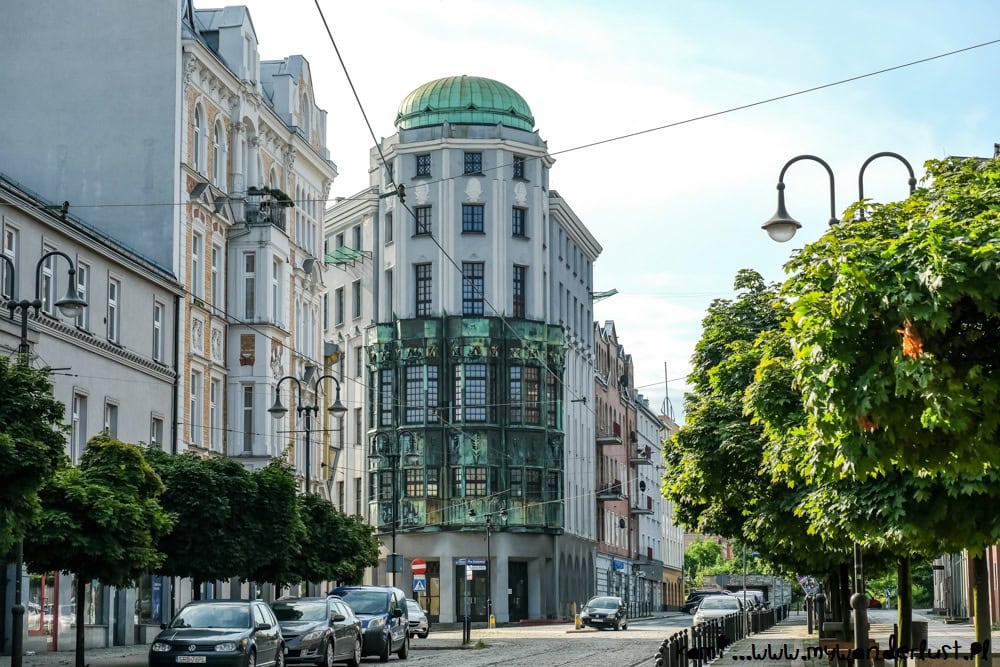
The most popular attraction in Zabrze is the Guido Mine and Coal Mining Museum. The mine was founded in 1855 by Count Guido Henckel von Donnersmarck, a German industrial magnate who named the place after himself. The investment wasn’t very successful, reaching its peak in 1885 and gradually declining, especially in the 1930s.
The mine was finally closed in 1960, but seven years later, the colliery reopened as a test mine for underground machines, which was eventually turned into the museum that operated until 1996. The current museum, with its underground parts 320 meters below the surface, was opened in 2008 and is one of the biggest tourist attractions in Poland.
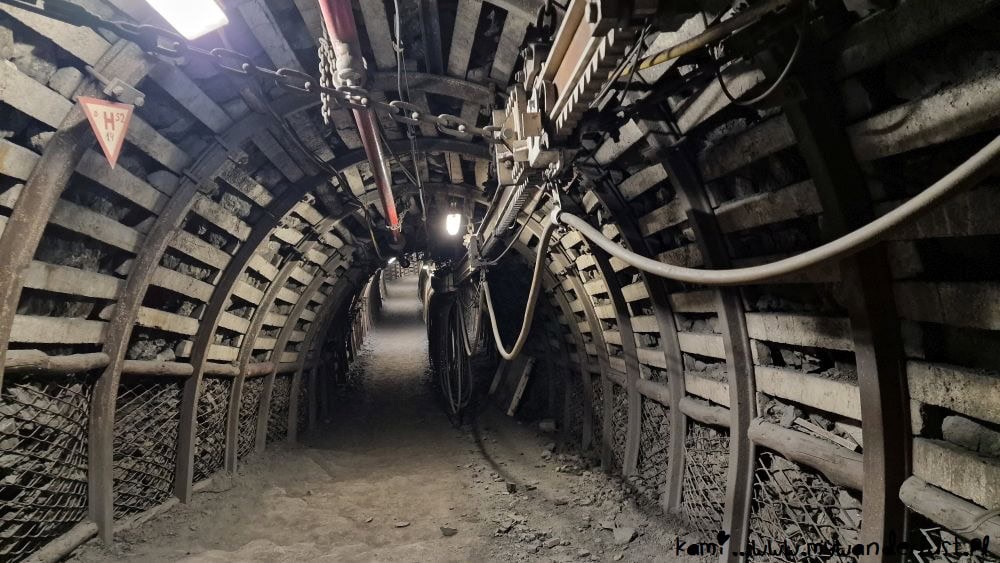
The tour starts with the ride on the authentic elevator that is used in coal mines – it’s surprisingly fast, so your ears might get blocked. Moreover, the journey underground is in complete darkness so it can be scary for some and exciting for others.
During the tour, you will learn about the history of the Guido mine and about numerous impressive machines that were used underground. You will even be able to see how some of them work (it can get loud!).
Part of the underground journey is made on the unique suspended electric rail – the only one of that kind in the world that is available to tourists. It’s such a cool experience, like in the amusement park but in the rough surroundings (unlike in the Salina Turda mine in Romania).
At the end of the tour, you can stay underground a bit longer to enjoy the deepest-located pub in Europe at 320 meters below the surface.
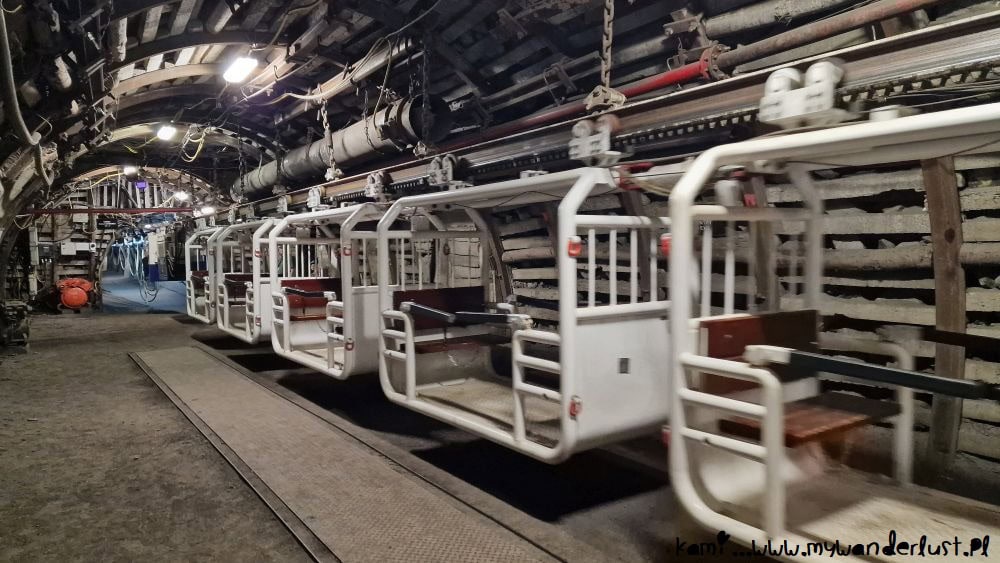

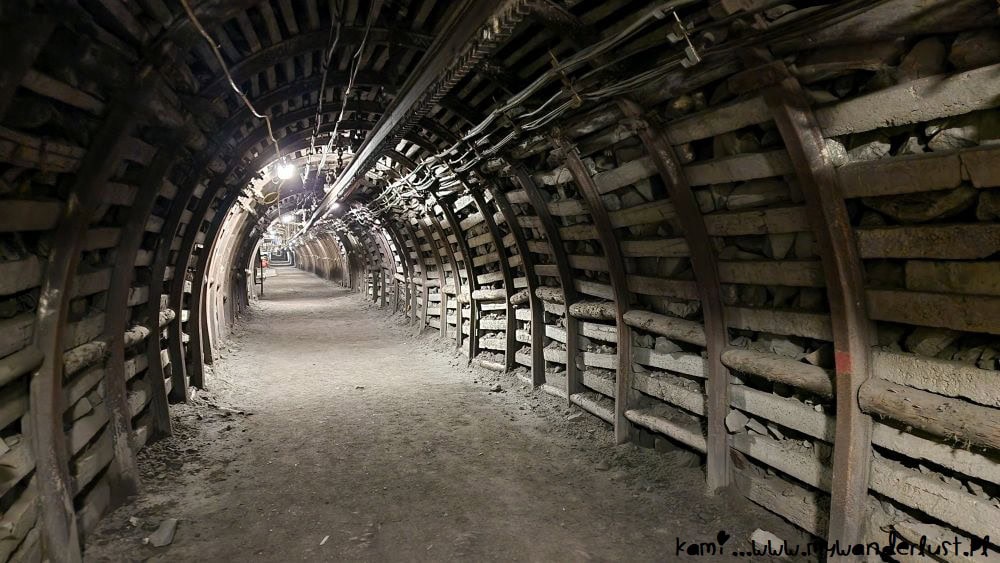
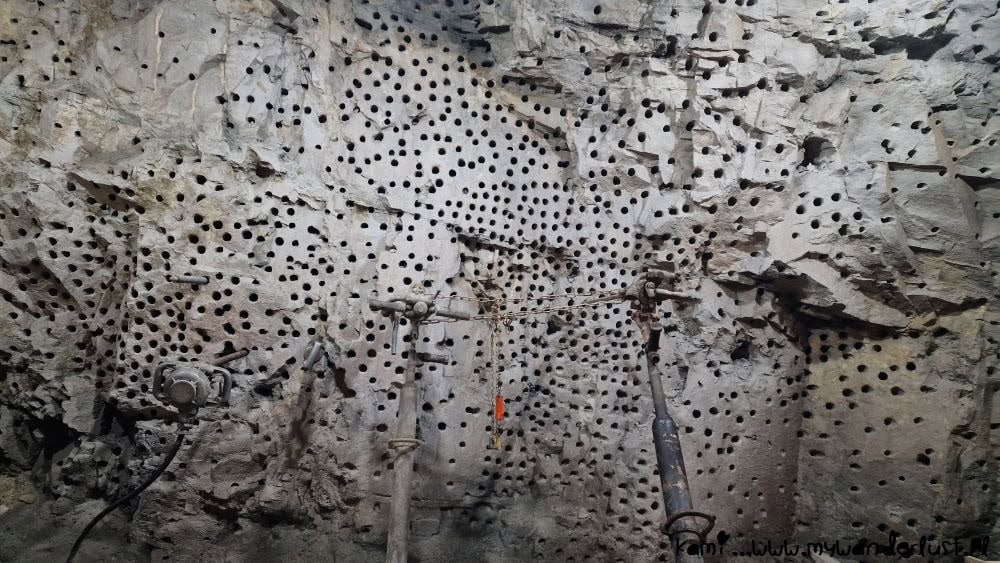
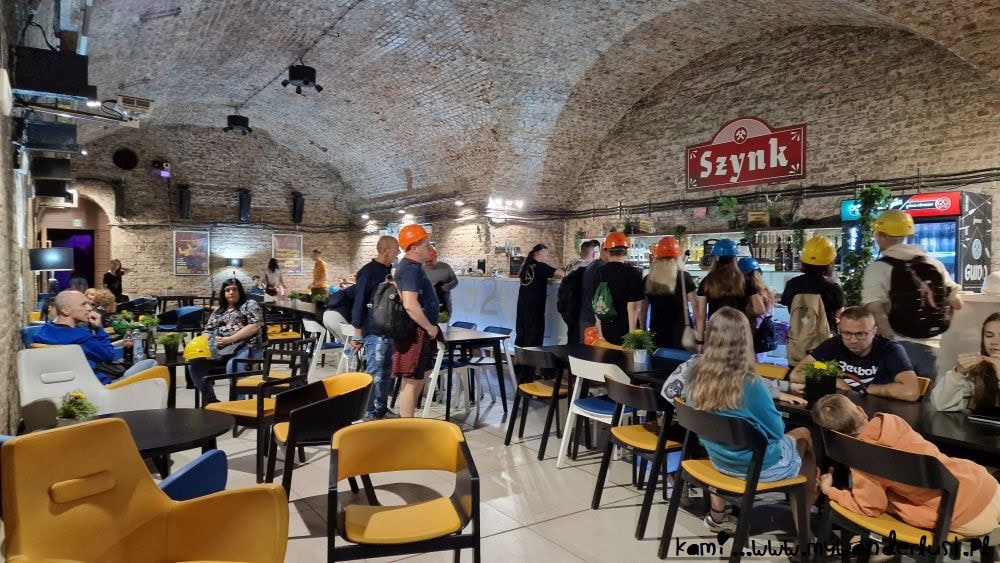
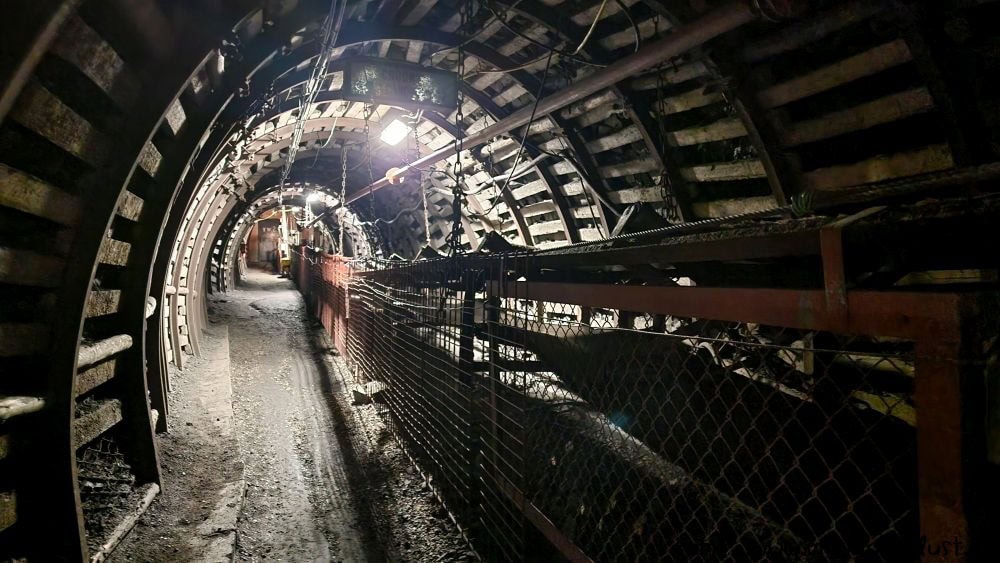
While the Guido Mine is a popular place to visit, the nearby Queen Louise Adit attracts fewer visitors but I personally think it is more interesting. Dating back to the late 18th century, this former mine and adit offers plenty of underground attractions, including the longest underground boat ride in the former mine in the world.
The whole tourist route is around 2 km, but more than half of it is done by boats going through the narrow and often dark corridors of the former adit. It’s a really thrilling journey, and even if I don’t feel comfortable in any kind of boat, there was something eerie about this one that I actually enjoyed a lot.
Besides the boat ride, you will also walk through old corridors, see numerous machines that were used underground, and learn more about the work in the coal mine. The tour takes over two hours, but you will not be bored as there are so many attractions underground.
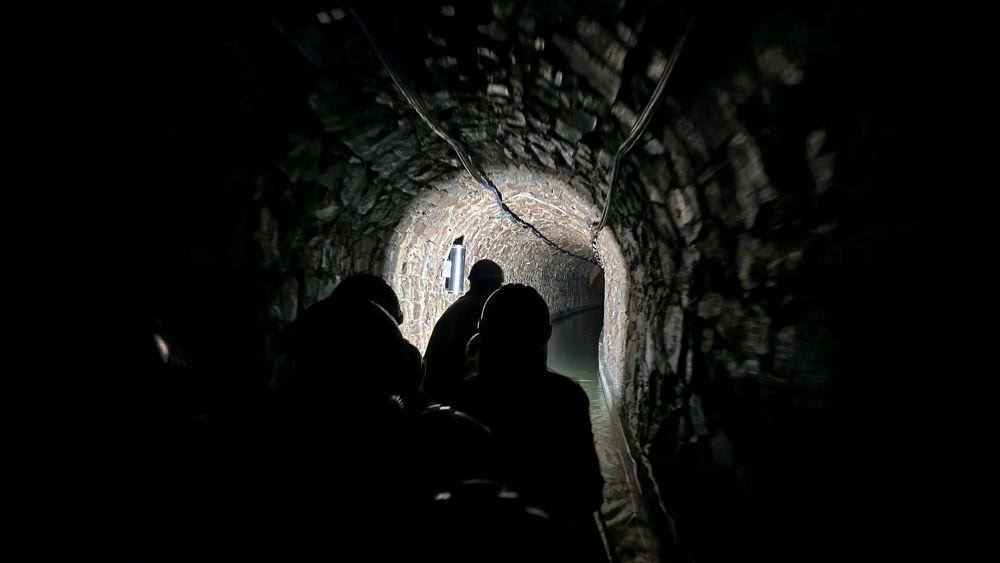
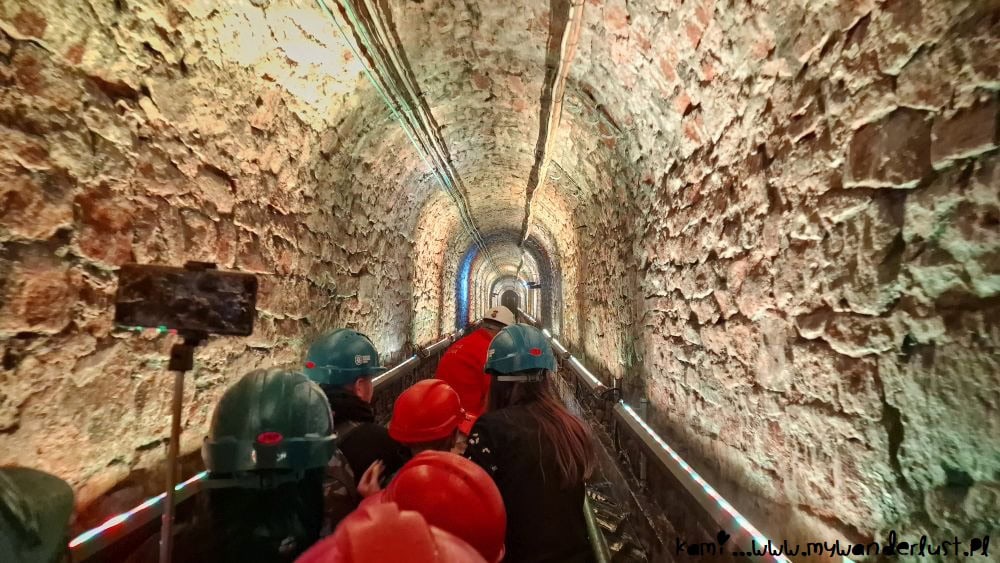
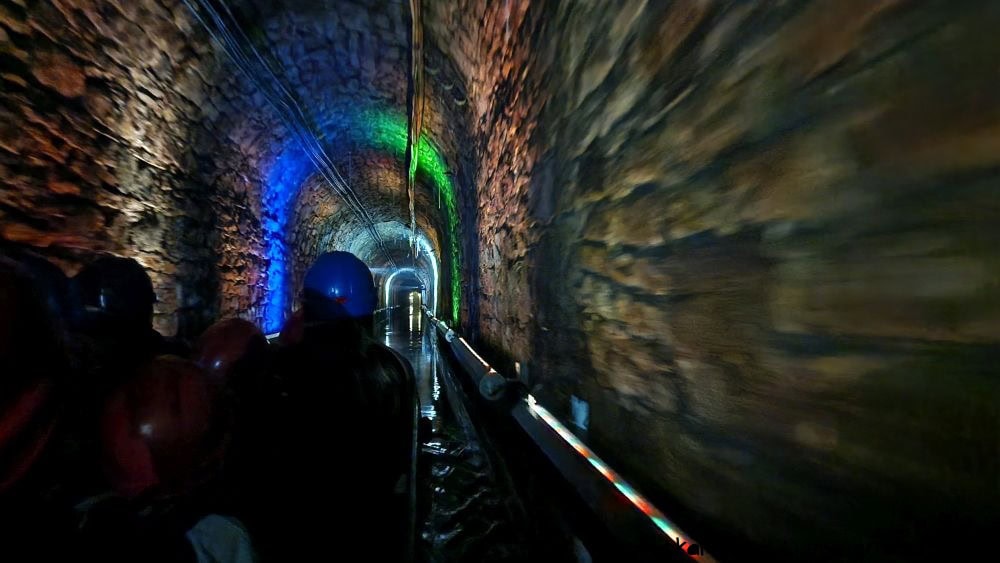
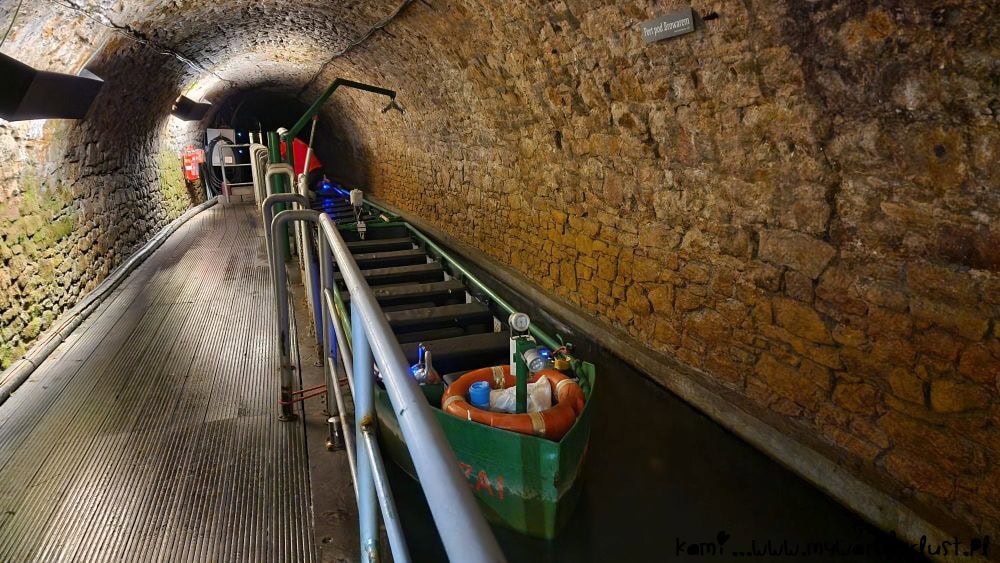


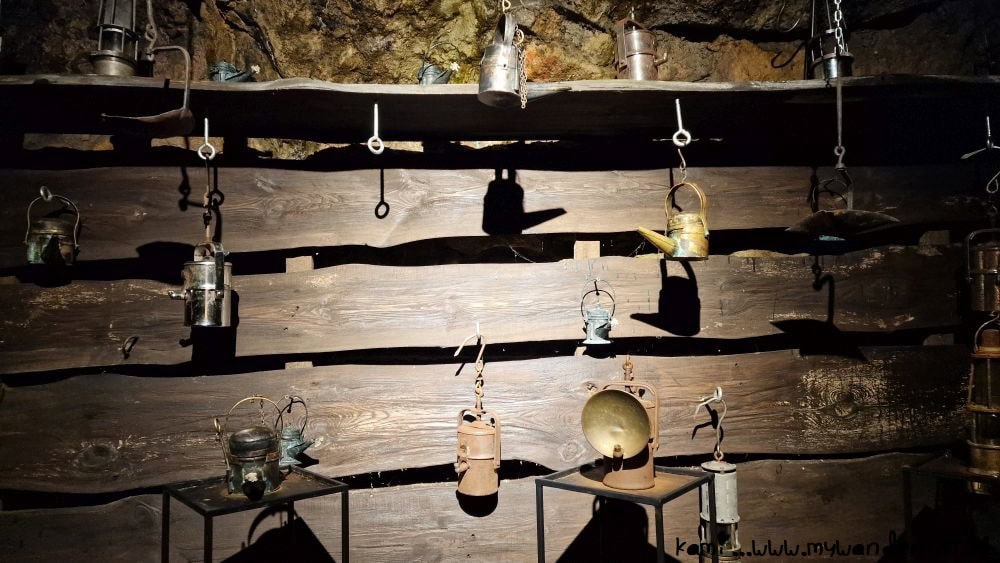
The Queen Louise Adit Visitors Center is located next to the Carnall complex. Here, you can see some interesting mining equipment, including a steam engine from 1915—if you are lucky, you can even see it working, as there are shows held throughout the day. You can also visit some cool post-industrial buildings with exhibitions about mining or climb to the top of the shaft to see the panorama of Zabrze and its surroundings.
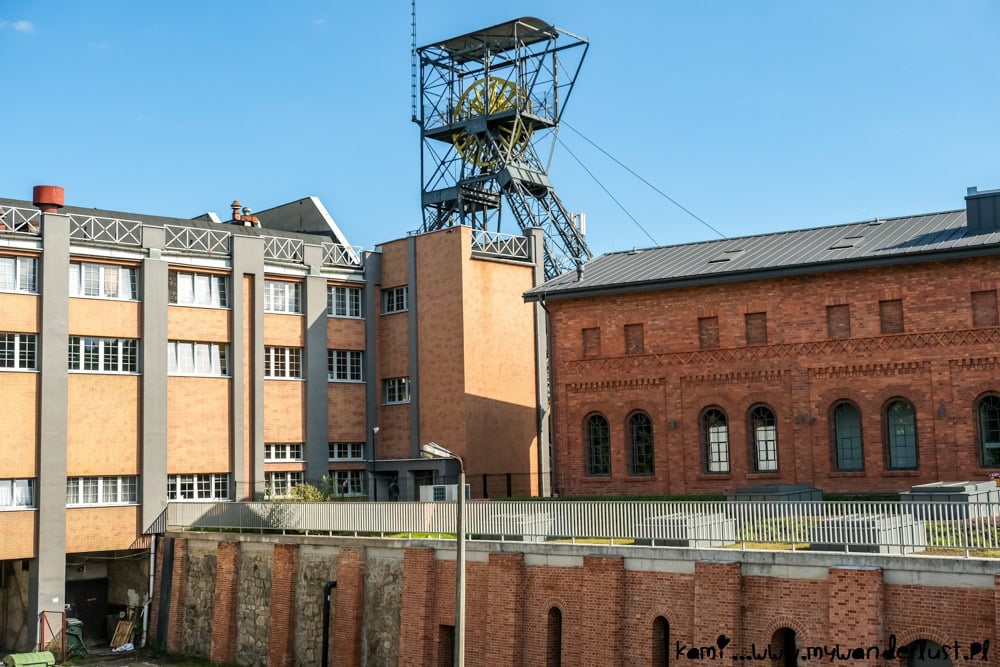
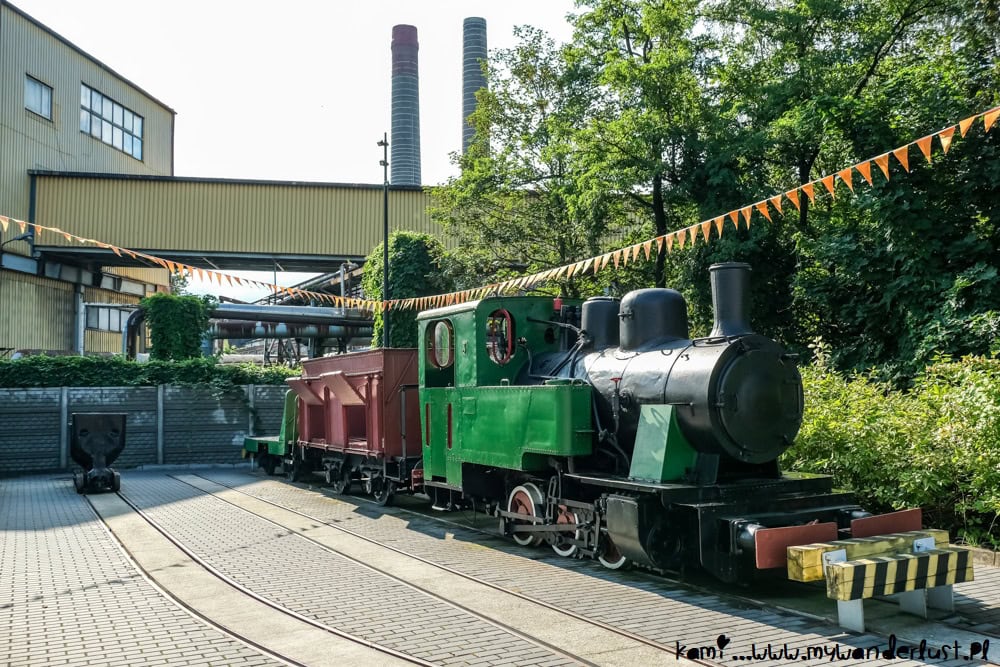
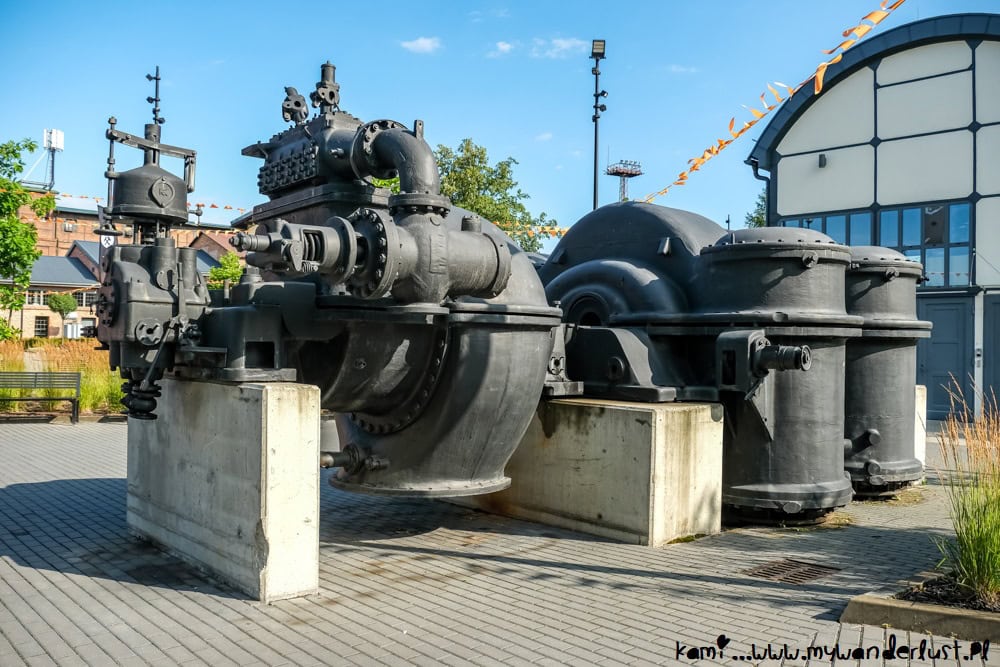
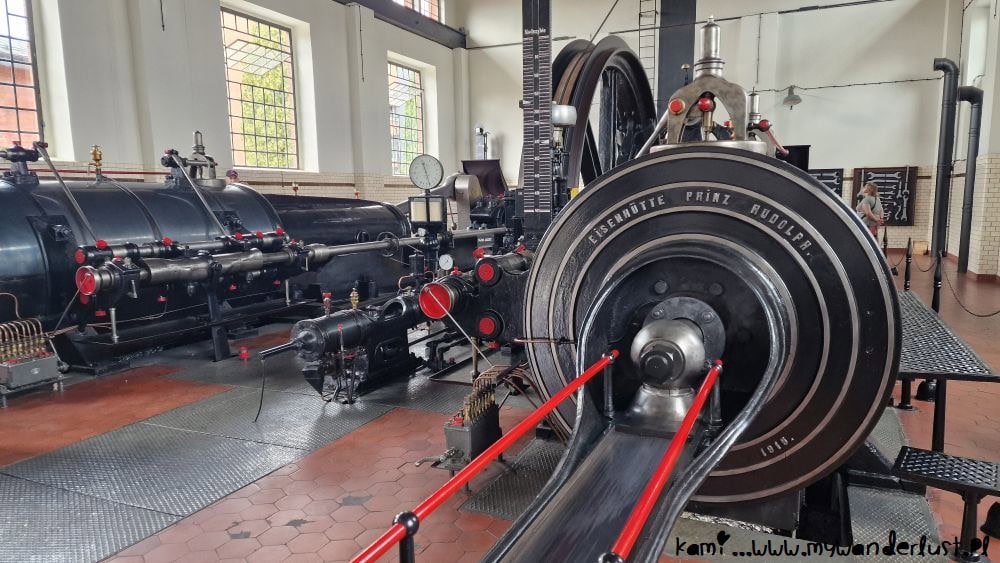
Once you are done visiting the underground attractions in Zabrze, you can spend some more time in the center and see more interesting sights there, including a few beautiful townhouses. Besides the already mentioned art deco buildings, you can also check the historic Donnesmarck estate with traditional houses from the early 20th century as well as the nearby steel house—a unique, innovative building from 1927, one of a kind in Europe.
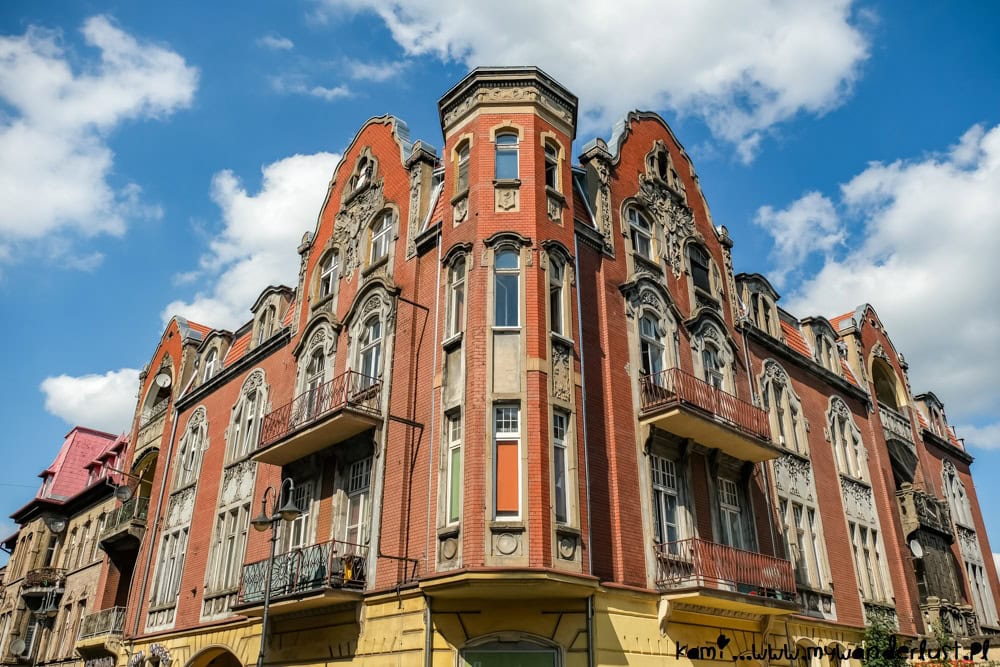
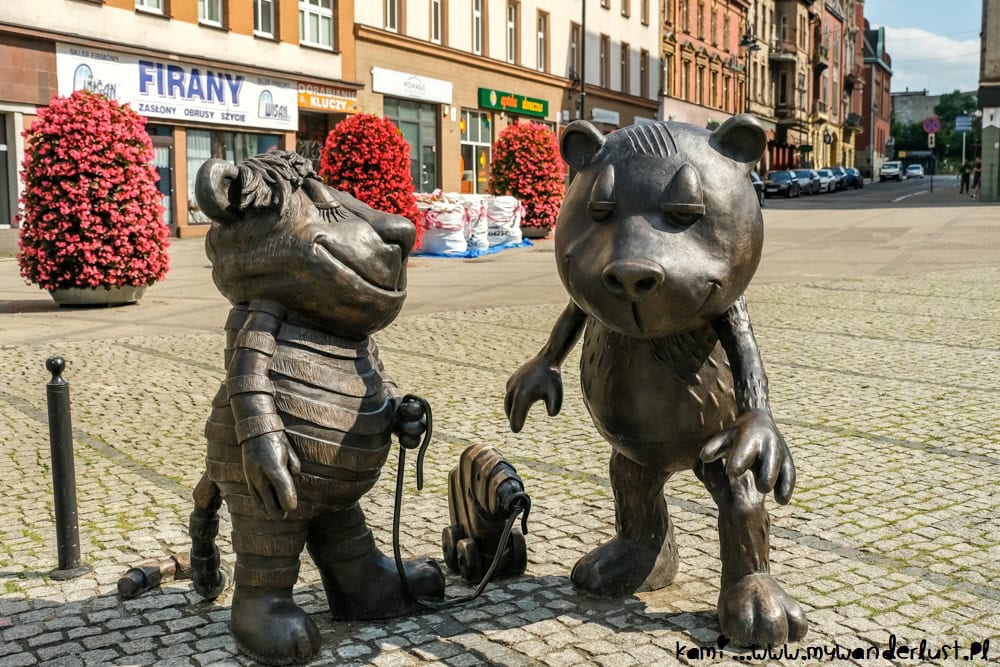

Useful Zabrze links
When planning a trip to Zabrze, you might need these websites:
Where to go next
The Silesia region is somehow misunderstood and overlooked, yet it offers many interesting places. Most of the cities have really lovely centers with beautiful townhouses, but the real treat here is the numerous industrial attractions that are open to visitors.
Other places in the area worth visiting are Katowice, Gliwice, Bytom, or Tarnowskie Gory, with yet another mine worth visiting (this one was recently added to the UNESCO World Heritage List!).

Further reading
I published many articles about Poland that you might find useful when planning your trip there. Here are some of them:
If you are looking for articles about a specific destination – check out the map with all the articles I’ve published (and their locations). You can also join my Facebook group about traveling in Central Europe and ask your questions there.
Travel Resources
Below you can find the brands I trust and use when planning trips:
For the end I left a few announcements that might interest you:
Sign up to my newsletter or follow me on Bloglovin to get updates about the new posts
Join my Facebook group about Eastern Europe, the Balkans and former USSR and connect with fellow travellers and enthusiasts of these regions – just click here!
I’ve included a few handy links of services and products I personally like and use so you can plan your own trip to Poland too. They are often affiliate links. This means I will get a small commission if you book/purchase anything through my links, at no extra costs for you. Thank you!
LIKED IT? PIN THIS POST FOR LATER!
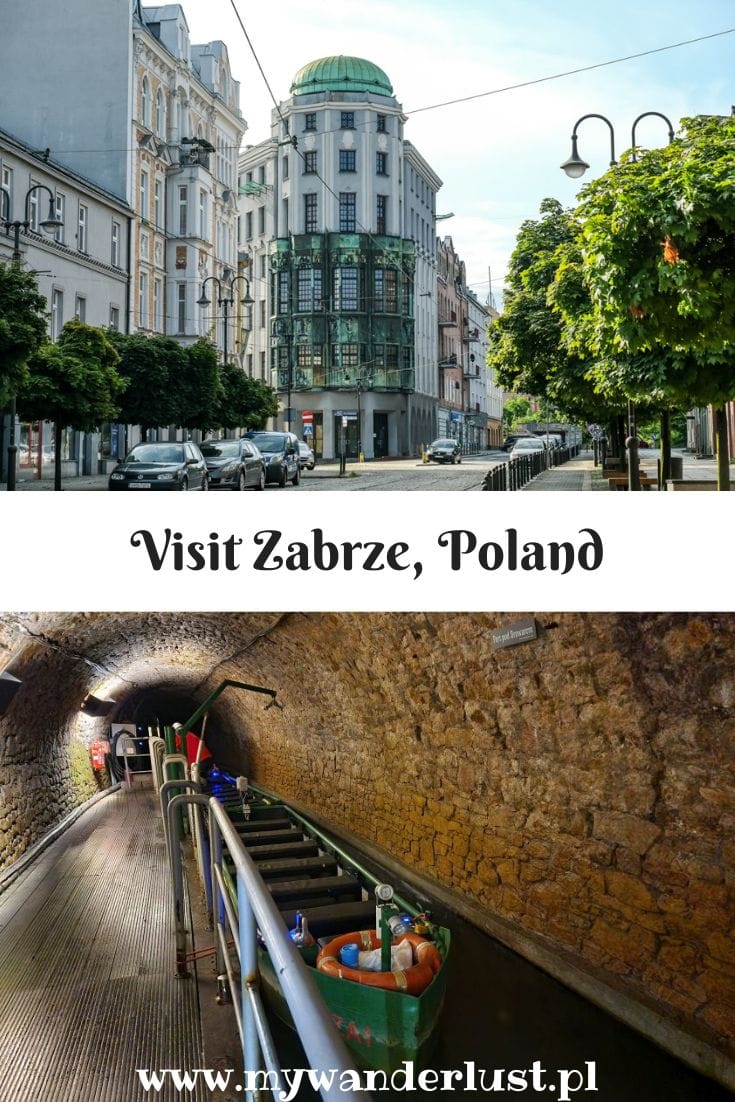
If you enjoyed that post why don”t you share it with your friends? That would mean so much to me! Also be sure to join 30.000+ fellow travelers and follow me on Facebook, Twitter, or Instagram for travel updates and even more pictures! If you don’t want to miss new posts sign up to my newsletter or follow on Bloglovin!
Source link : http://www.bing.com/news/apiclick.aspx?ref=FexRss&aid=&tid=6727e59238194786af4a30bdcb8d8667&url=https%3A%2F%2Fwww.mywanderlust.pl%2Fvisit-zabrze-poland%2F&c=16868500806115352333&mkt=en-us
Author :
Publish date : 2024-11-03 12:36:00
Copyright for syndicated content belongs to the linked Source.
